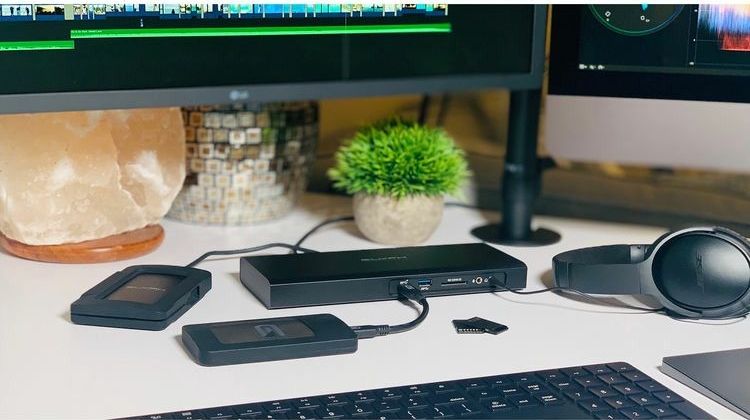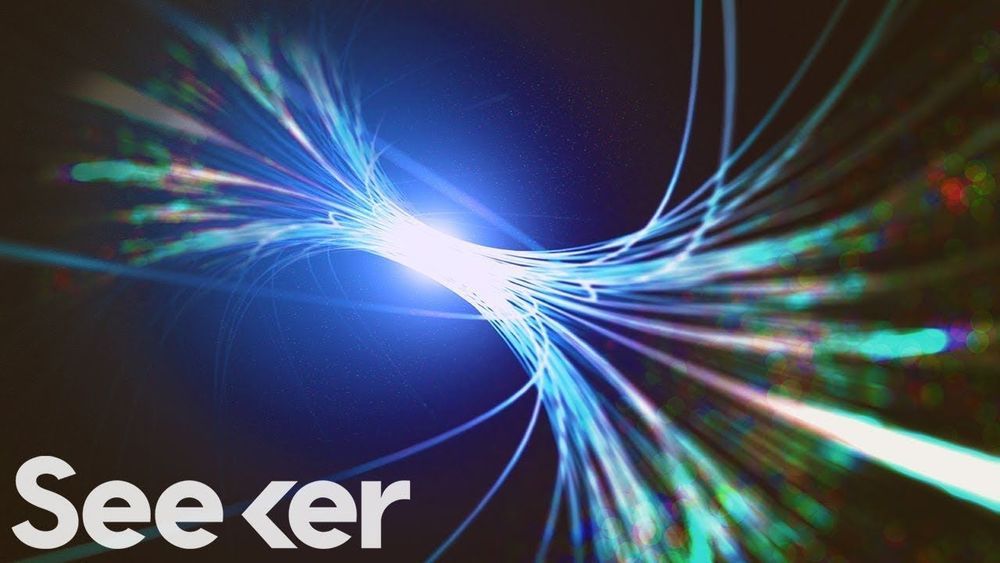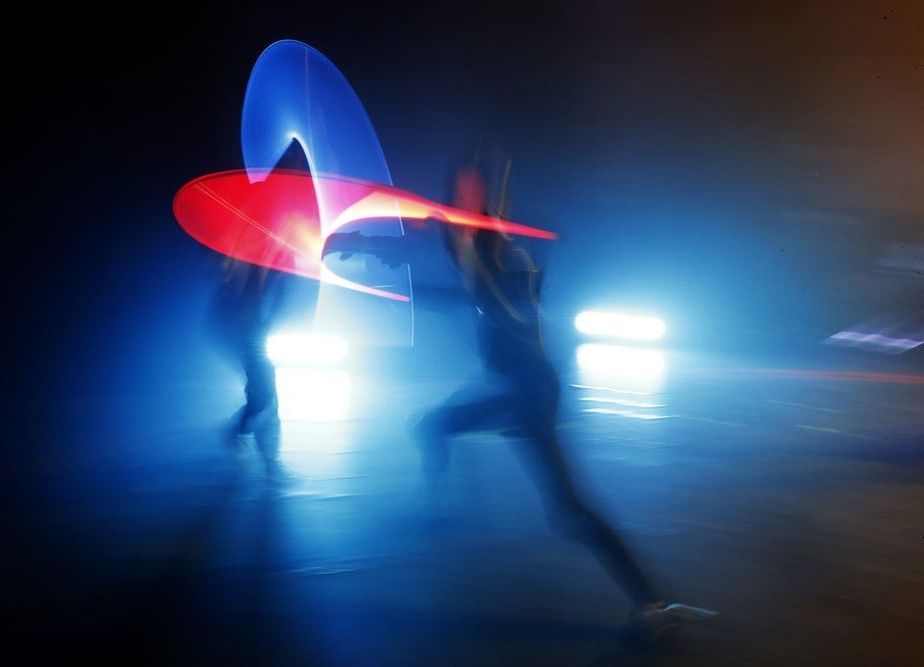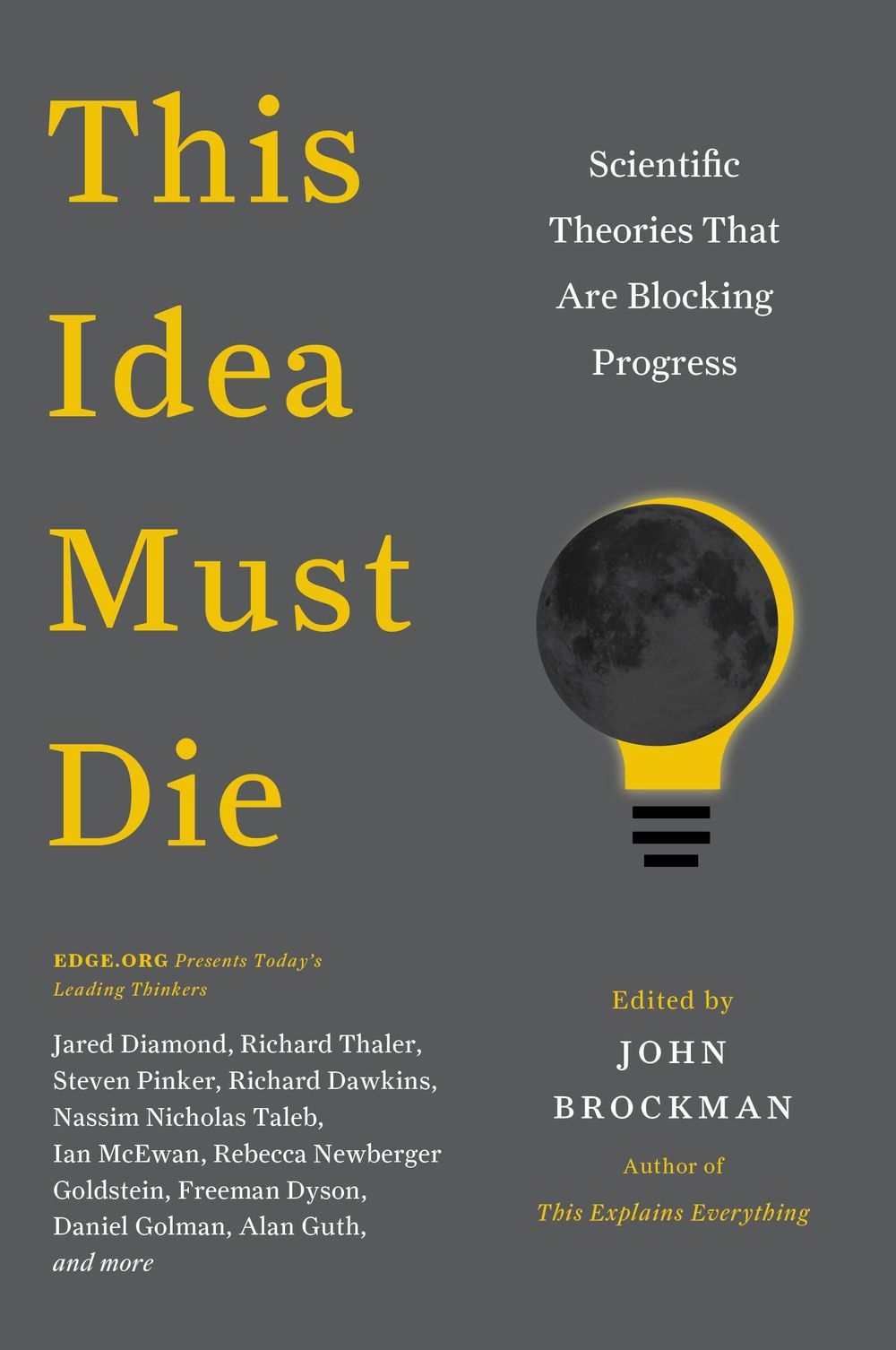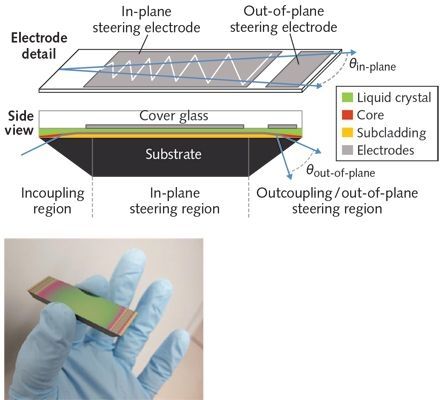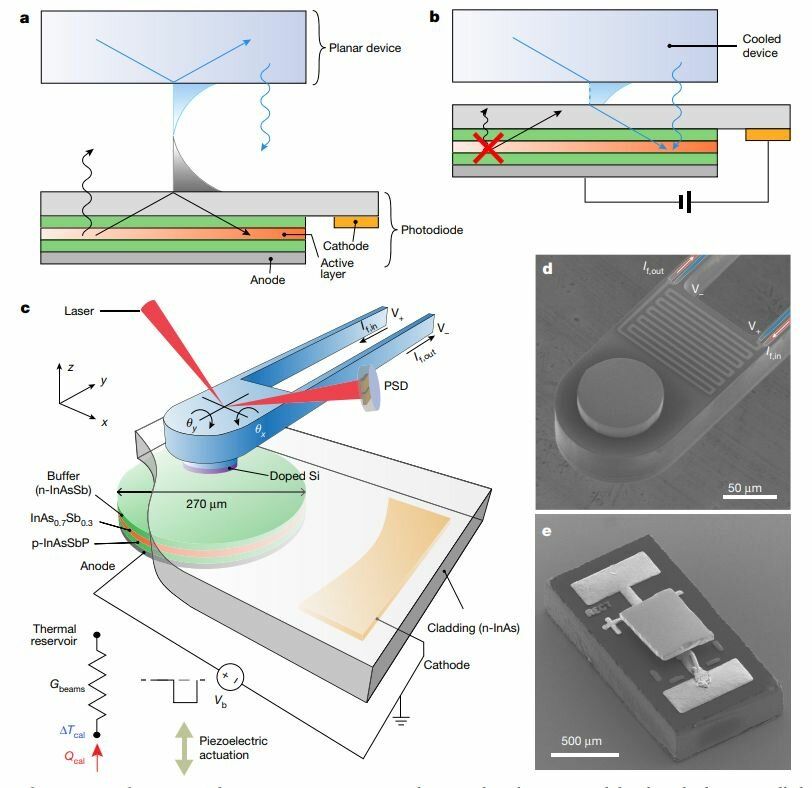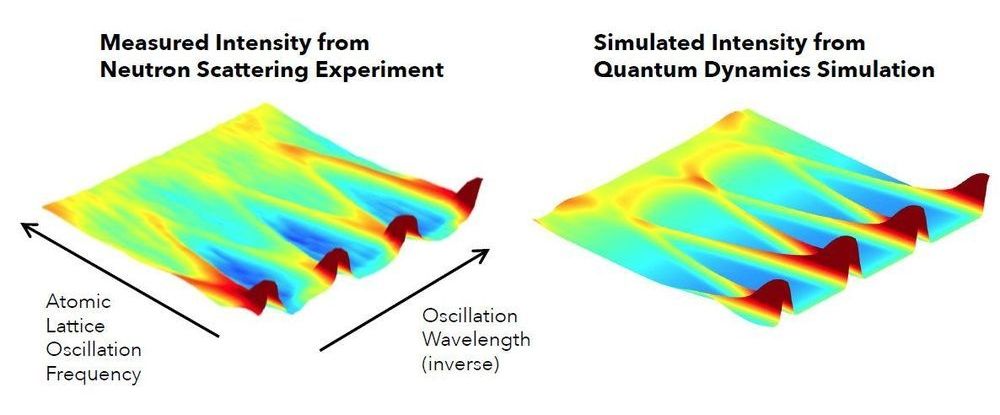The rich levels of biodiversity on land seen across the globe today are not a recent phenomenon: diversity on land has been similar for at least the last 60 million years, since soon after the extinction of the dinosaurs.
According to a new study led by researchers at the University of Birmingham and involving an international team of collaborators, the number of species within ecological communities on land has increased only sporadically through geological time, with rapid increases in diversity being followed by plateaus lasting tens of millions of years.
Previously, many scientists have argued that diversity increased steadily through geological time, which would mean that biodiversity today is much greater than it was tens of millions of years ago. But building an accurate picture of how land diversity was assembled is challenging because the fossil record generally becomes less complete further back in time. By using modern computing techniques, capable of analysing hundreds of thousands of fossils, patterns are starting to emerge that challenge this view.

